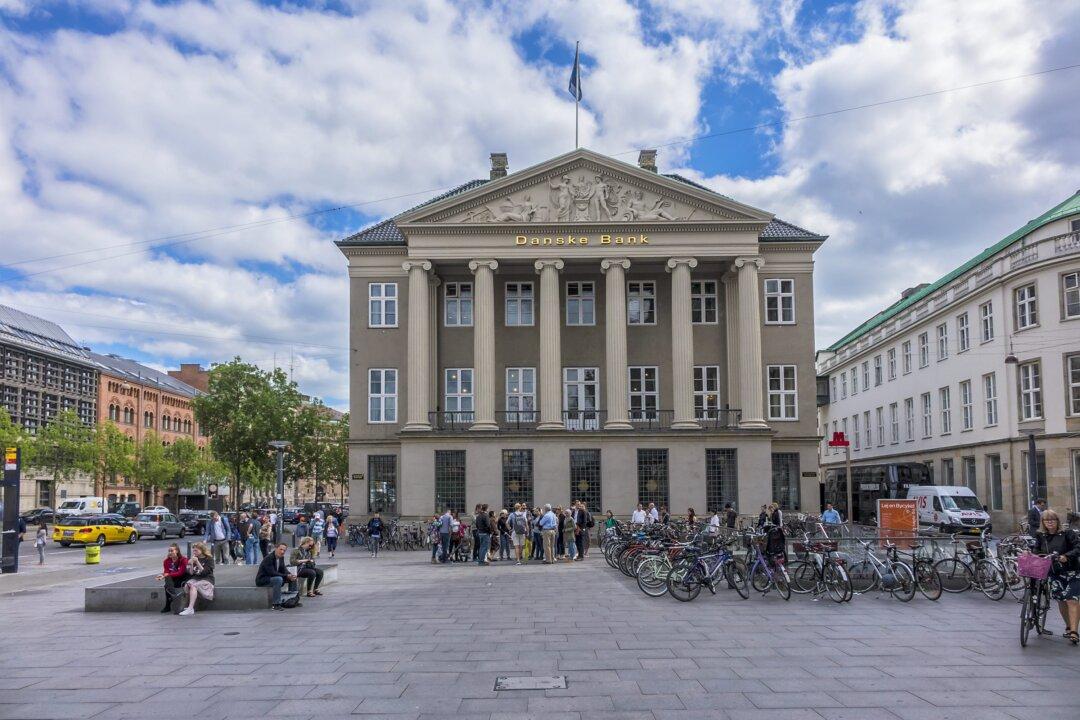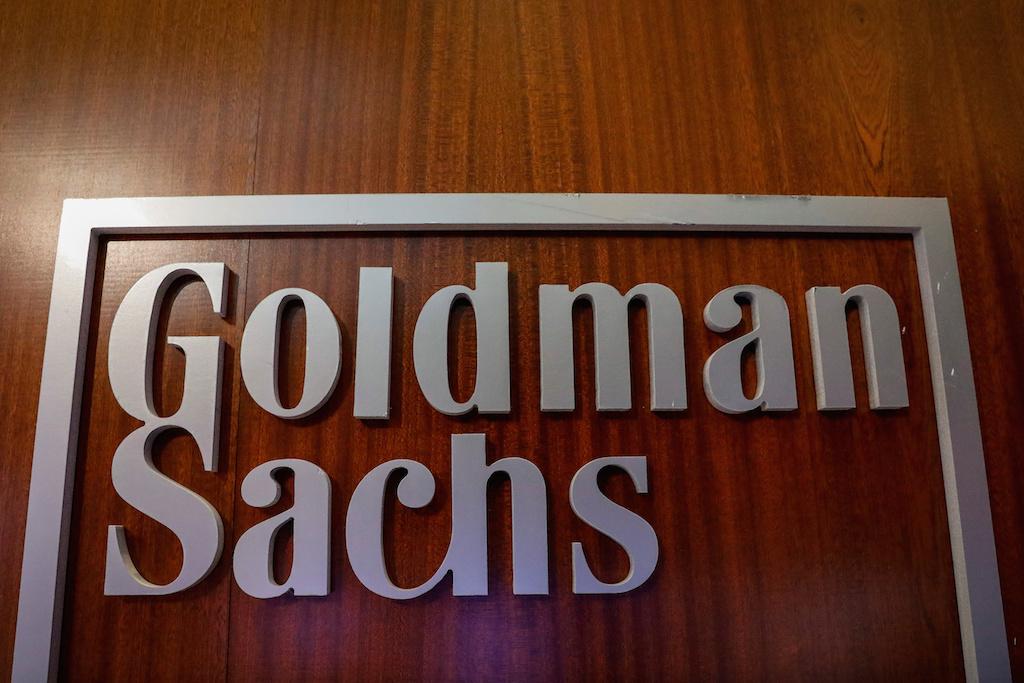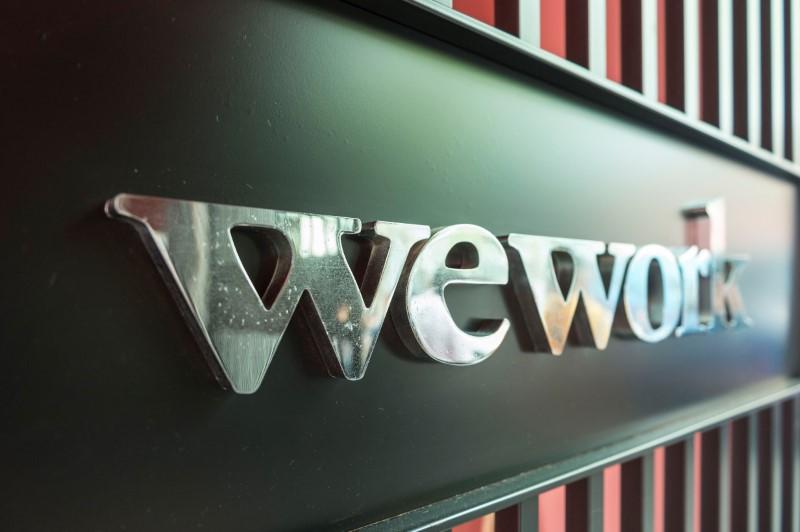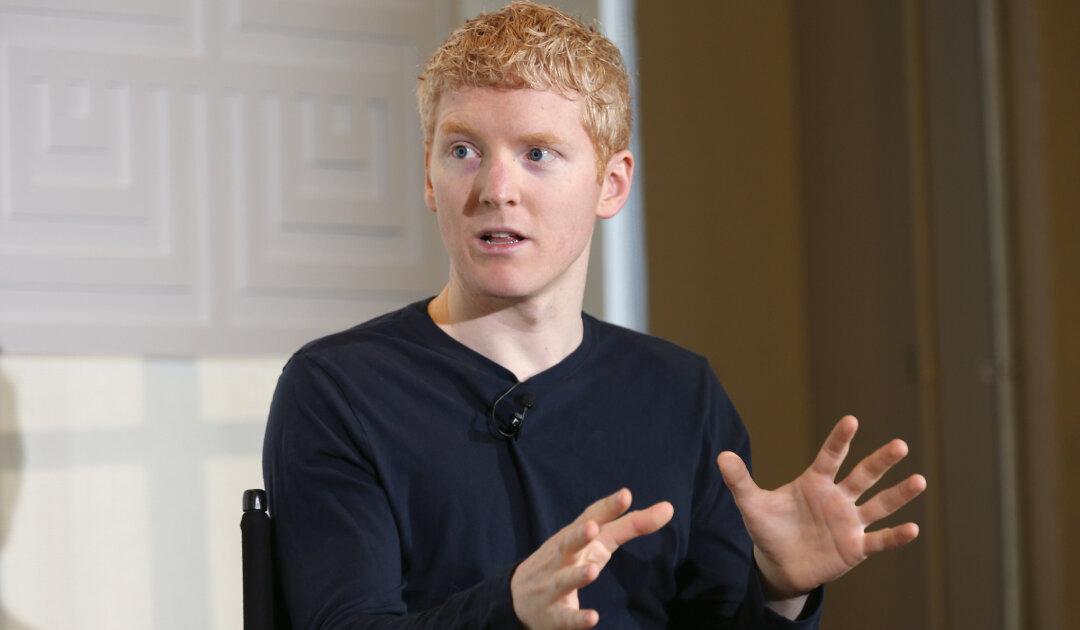First it was subprime mortgages, then European debt. Now, it’s money laundering.
In Denmark, where the latest crisis first grabbed the public’s attention thanks to Danske Bank A/S, the government has some worrying observations on what went wrong and what the scandal might mean for European ambitions to build a single market for financial services.




